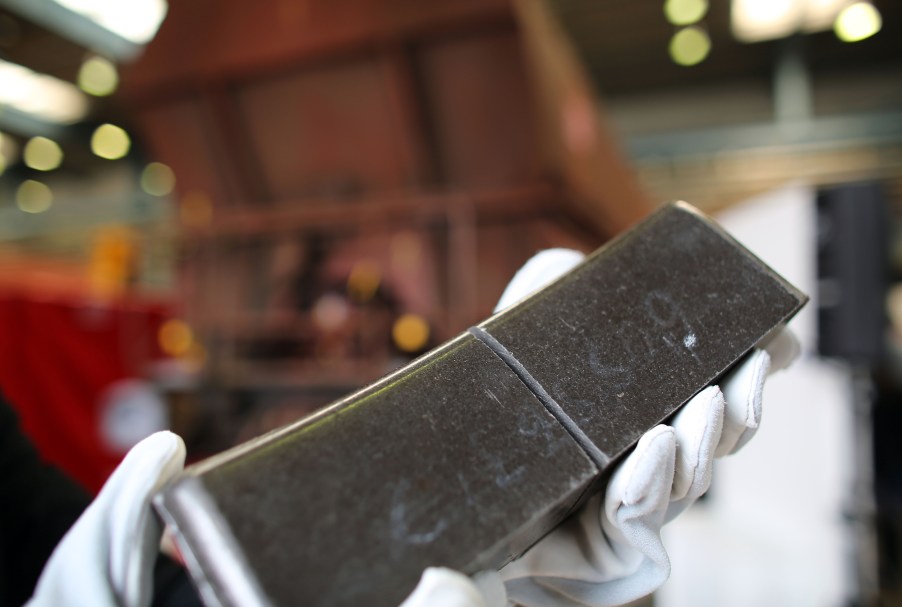
How Long Do Brake Pads and Rotors Last?
If you want to keep your car running smoothly or are interested in protecting your investment, you’ll have to handle some routine maintenance. And while you’re already keeping up with the basics, you’ll also eventually require a brake job.
One of the most common repairs auto shops and mechanics see is the brake component replacement. If you keep your car long enough, you’ll hear the grinding or squeaking, which is a tell-tale sign that it’s time to address the brakes. So, when you need new brakes, you’ll need new brake pads and rotors. How much will that cost, and how long will that brake job last?
Proper vehicle maintenance is mission-critical to protecting your investment

It’s simple. If you don’t take care of your vehicle, its various components will begin to break down. So, most motorists know to keep the engine running; you’ll need oil changes. If you want to extend the life of your tires, you’ll rotate them. Air filters, sensors, and exhaust systems can be maintained to preserve your investment and keep your car on the road.
But don’t forget the brakes. Depending on the driving routine and conditions, brake pads and rotors will need to be replaced eventually. If you do a lot of driving in traffic, you’ll be applying your brakes more often. More rural residents might not have the traffic to contend with but instead deal with rougher road conditions and weather. To do a proper brake replacement and for best results, you’ll need to have the brake pad components and rotors replaced simultaneously. When you start to feel the squawking sounds upon pumping your car’s brakes, it’s time to start getting estimates.
How long do brake pads and rotors last?
According to iSeeCars, the lifespan of brake pads and rotors can widely vary, anywhere from 20,000 and 75,000 miles. They’ll likely wear out sooner if you’re hard on your brakes or often drive on salted roads or in moist conditions.
Unless an obscure problem with your brakes comes up, most brakes wear out equally from the front to rear axles. Now, if you have carbon-ceramic rotors, as The Drive points out, those are designed to last the vehicle’s lifetime, with the rare exception of intense driving routines.
Another factor that impacts the lifespan of brake pads and rotors may be the age and technology of your vehicle. Historically, the front brakes on older models would do most of the heavy lifting. But newer models feature improved designs that shift much of the braking to the rear axle.
If that’s your scenario, you might only need to replace one set at a time. And hybrid vehicles, along with fully electric rides, usually have regenerative braking that allows the battery to help slow the vehicle, reducing the wear on brake pads and rotors.
How much does it cost to replace rotors and brake pads?
Like most car maintenance and replacement work, brake pads and rotors on the upscale performance brands will cost more than the average economy vehicle. Also, if you’re driving a beefy pickup or behemoth SUV, the heavier weight translates to bigger brakes, which will be more expensive, as Car Parts describes. But based on your vehicle, age, condition, and driving habits, you can expect to pay roughly $250 to $500 per end for a replacement brake service. On average, the figure is around $350 per axle.
Proper vehicle maintenance will be an essential part of car ownership. And this includes eventual brake replacement. Be smart about shopping around and keep these insights in mind to know what you’ll expect to pay and how long that new brake job will last.


